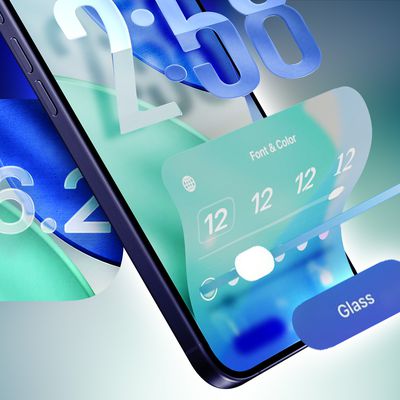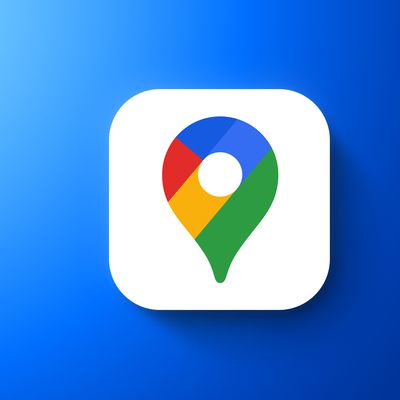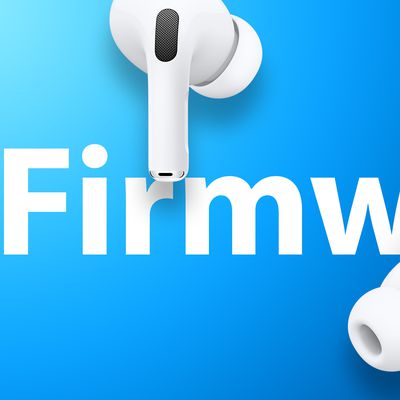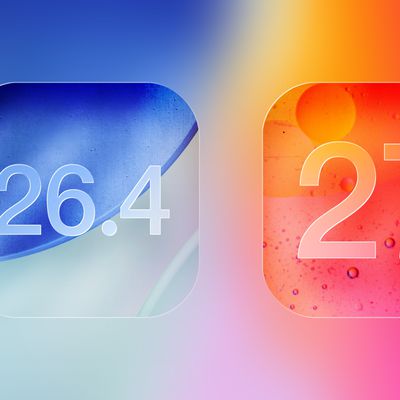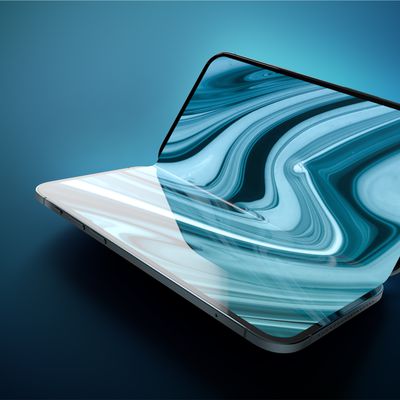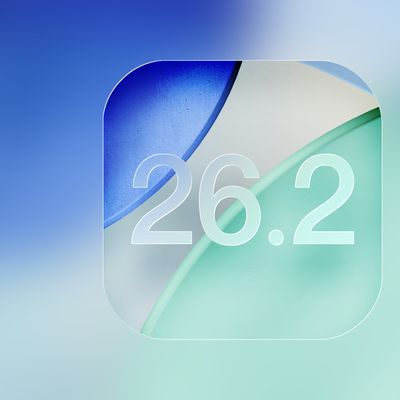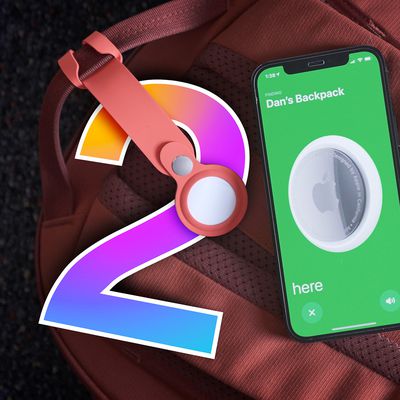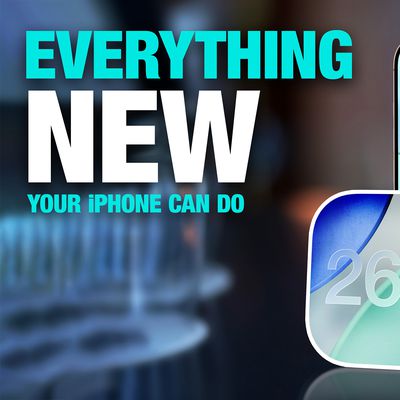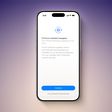Apple Releases HomePod 16.3 Software With Humidity and Temperature Sensing, Find My Improvements, Audio Tuning, and More
Following the iOS 16.3, iPadOS 16.3, tvOS 16.3, watchOS 9.3, and macOS Ventura 13.2 updates that came out yesterday, Apple today released new 16.3 software created for the HomePod, second-generation HomePod, and HomePod mini.
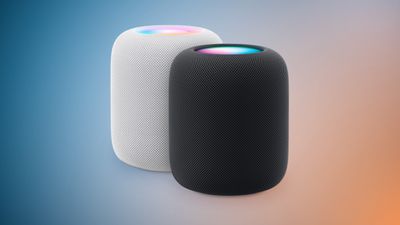
According to Apple's release notes, HomePod software version 16.3 adds a number of new features. It activates temperature and humidity sensing for both the second-generation HomePod and the HomePod mini, allowing those readings to be used for home automation.
Ambient sounds have been remastered to be more immersive and can be added to scenes, automations, and alarms in the Home app, and recurring Home automations can be set up using Siri commands. Apple has also added a unique confirmation tone that will play when smart home requests are enacted for accessories that are located in a different room or that do not show a visible change. Find My integration for HomePod also lets you ask Siri for the location of friends and family.
For the first and second-generation larger HomePod models, optimized audio tuning provides improved clarity for spoken content like podcasts and audiobooks, and on the first-generation HomePod, there are updated volume controls for more granular adjustments at lower volumes. Apple's full release notes for the update are below.
HomePod software version 16.3 includes support for new features for your HomePod. This update also includes bug fixes and stability improvements.
- Temperature and humidity sensing measures your indoor climate with HomePod (2nd generation) and HomePod mini
- Remastered ambient sounds are more immersive and can now be added to scenes, automations, and alarms in the Home app
- Find My on HomePod now enables you to ask Siri for the location of friends and family, if they have shared it with you
- Recurring Home automations can be set up using just your voice
- Siri confirmation tone will now play to indicate when smart home requests are completed for accessories that may not visibly show a change or are located in a different room
- Audio tuning optimizes spoken content such as podcasts for even greater clarity on HomePod (2nd generation) and HomePod (1st generation)
- Updated volume controls on HomePod (1st generation) give you more granular adjustments at lower volumes
HomePod software is installed automatically on the HomePod unless the feature is disabled, but the HomePod can also be manually updated in the Home app by following the instructions in our HomePod update how to.
Popular Stories
Apple seeded the second iOS 26.2 Release Candidate to developers earlier this week, meaning the update will be released to the general public very soon.
Apple confirmed iOS 26.2 would be released in December, but it did not provide a specific date. We expect the update to be released by early next week.
iOS 26.2 includes a handful of new features and changes on the iPhone, such as a new...
Google Maps on iOS quietly gained a new feature recently that automatically recognizes where you've parked your vehicle and saves the location for you.
Announced on LinkedIn by Rio Akasaka, Google Maps' senior product manager, the new feature auto-detects your parked location even if you don't use the parking pin function, saves it for up to 48 hours, and then automatically removes it once...
Apple today released new firmware designed for the AirPods Pro 3 and the prior-generation AirPods Pro 2. The AirPods Pro 3 firmware is 8B30, up from 8B25, while the AirPods Pro 2 firmware is 8B28, up from 8B21.
There's no word on what's include in the updated firmware, but the AirPods Pro 2 and AirPods Pro 3 are getting expanded support for Live Translation in the European Union in iOS...
Macworld's Filipe Espósito today revealed a handful of features that Apple is allegedly planning for iOS 26.4, iOS 27, and even iOS 28.
The report said the features are referenced within the code for a leaked internal build of iOS 26 that is not meant to be seen by the public. However, it appears that Espósito and/or his sources managed to gain access to it, providing us with a sneak peek...
Apple has ordered 22 million OLED panels from Samsung Display for the first foldable iPhone, signaling a significantly larger production target than the display industry had previously anticipated, ET News reports.
In the now-seemingly deleted report, ET News claimed that Samsung plans to mass-produce 11 million inward-folding OLED displays for Apple next year, as well as 11 million...
Apple today released iOS 26.2, the second major update to the iOS 26 operating system that came out in September, iOS 26.2 comes a little over a month after iOS 26.1 launched. iOS 26.2 is compatible with the iPhone 11 series and later, as well as the second-generation iPhone SE.
The new software can be downloaded on eligible iPhones over-the-air by going to Settings >...
The AirTag 2 will include a handful of new features that will improve tracking capabilities, according to a new report from Macworld. The site says that it was able to access an internal build of iOS 26, which includes references to multiple unreleased products.
Here's what's supposedly coming:
An improved pairing process, though no details were provided. AirTag pairing is already...
Apple is about to release iOS 26.2, the second major point update for iPhones since iOS 26 was rolled out in September, and there are at least 15 notable changes and improvements worth checking out. We've rounded them up below.
Apple is expected to roll out iOS 26.2 to compatible devices sometime between December 8 and December 16. When the update drops, you can check Apple's servers for the ...
Apple is working on a smart home hub that will rely heavily on the more capable version of Siri that's coming next year. We've heard quite a bit about the hub over the last two years, but a recent iOS 26 code leak provides additional insight into what we can expect and confirms rumored features.
Subscribe to the MacRumors YouTube channel for more videos.
Macworld claims to have access to an ...



